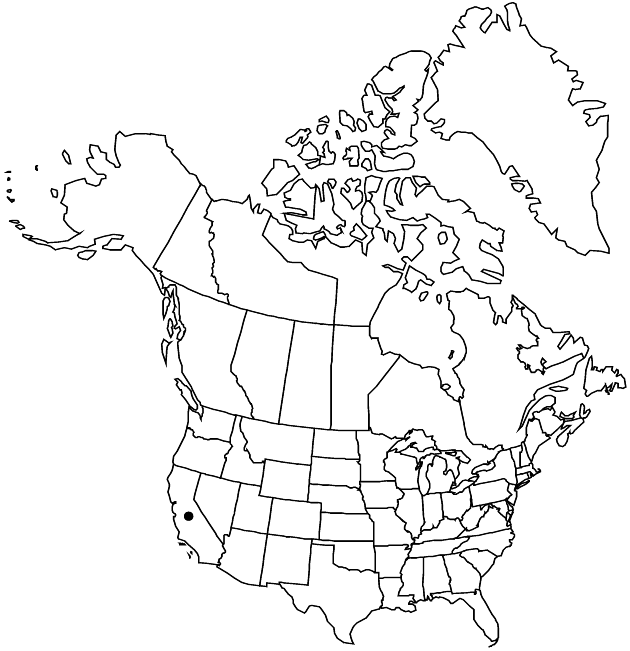Difference between revisions of "Microseris sylvatica"
Jahresber. Pollichia 22–24: 309. 1866.
imported>Volume Importer |
imported>Volume Importer |
||
| Line 61: | Line 61: | ||
|publication year=1866 | |publication year=1866 | ||
|special status=Endemic | |special status=Endemic | ||
| − | |source xml=https:// | + | |source xml=https://bitbucket.org/aafc-mbb/fna-data-curation/src/2e0870ddd59836b60bcf96646a41e87ea5a5943a/coarse_grained_fna_xml/V19-20-21/V19_529.xml |
|tribe=Asteraceae tribe Cichorieae | |tribe=Asteraceae tribe Cichorieae | ||
|genus=Microseris | |genus=Microseris | ||
Latest revision as of 19:52, 5 November 2020
Perennials, 15–75 cm; taprooted. Stems branched or simple. Leaves basal and cauline; petiolate (distal often sessile, clasping); blades linear to oblong-lanceolate, 8–35 cm, margins entire, dentate, or pinnately lobed, apices acute to acuminate, faces glabrous or scurfy-puberulent. Peduncles erect (10–55 cm), ebracteate or leafy. Involucres ovoid in fruit, 12–25 mm. Phyllaries: abaxial faces glabrous or scurfy-puberulent; outer broadly or narrowly deltate to ovate-lanceolate, apices recurved, acuminate; inner lanceolate, acuminate, faces usually lightly black-villous. Florets 25–100; corollas yellow, surpassing phyllaries by 5+ mm. Cypselae columnar, 5–12 mm; pappi of 5–10 dull, yellowish brown, linear-lanceolate, glabrous aristate scales 4–10 mm, aristae barbellate to subplumose. 2n = 18, 27.
Phenology: Flowering Mar–Jun.
Habitat: Clay and loam soils, valley flats and hillsides, grasslands, brushlands, and open oak or conifer woods
Elevation: 40–1500 m
Discussion
The range of Microseris sylvatica includes the Central Valley of California and surrounding foothills. It is becoming rare because of grazing and agriculture (D. P. Tibor 2001). An autotriploid form, 2n = 27, has been reported from Placer County (A. S. Tomb et al. 1978); it reproduced clonally by adventitious buds on lateral roots.
Selected References
None.
